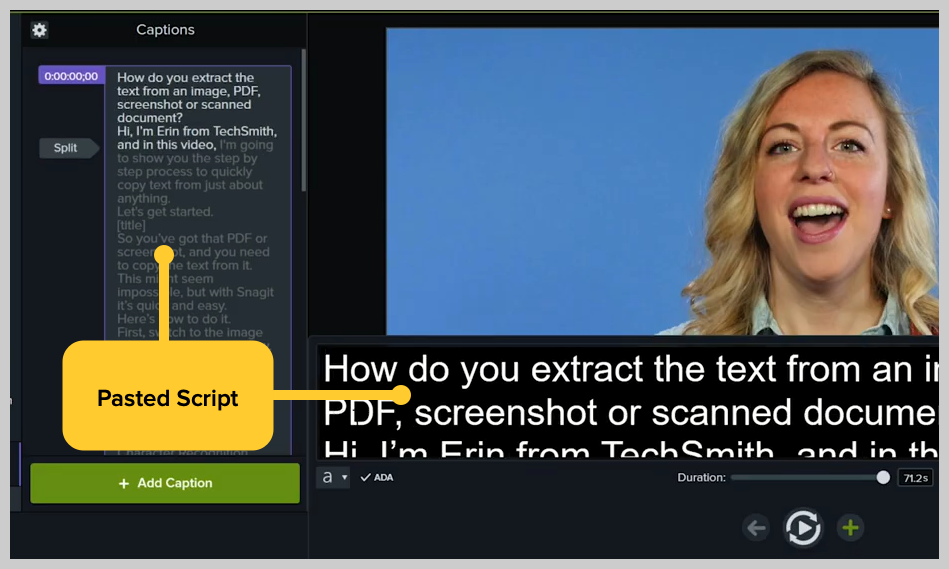

To see a complete list of self-implementing exemptions, visit the FCC’s website at: There is also an exemption for locally produced non-news programming with no repeat value. to 6 a.m., and programming primarily textual. Self-implementing exemptions include public service announcements shorter than 10 minutes and not paid for with federal dollars, programming shown from 2 a.m.(The FCC does not regulate captioning of home videos, DVDs or video games.)Ĭurrently there are two categories of exemptions from the closed captioning rules, self-implementing and economically burdensome: The rules distinguish between pre-recorded, live, and near-live programming and explain how the standards apply to each type of programming, recognizing the greater hurdles involved with captioning live and near-live programming. Properly placed: Captions should not block other important visual content on the screen, overlap one another or run off the edge of the video screen.Complete: Captions must run from the beginning to the end of the program to the fullest extent possible.Synchronous: Captions must coincide with their corresponding spoken words and sounds to the greatest extent possible and must be displayed on the screen at a speed that can be read by viewers.Accurate: Captions must match the spoken words in the dialogue and convey background noises and other sounds to the fullest extent possible.The rules apply to all television programming with captions, requiring that captions be:
#CAPTURESYNC CLOSED CAPTIONING FULL#
Congress requires video programming distributors (VPDs) - cable operators, broadcasters, satellite distributors and other multi-channel video programming distributors - to close caption their TV programs.įCC rules for TV closed captioning ensure that viewers who are deaf and hard of hearing have full access to programming, address captioning quality and provide guidance to video programming distributors and programmers. Closed captioning displays the audio portion of a television program as text on the TV screen, providing a critical link to news, entertainment and information for individuals who are deaf or hard-of-hearing.


 0 kommentar(er)
0 kommentar(er)
